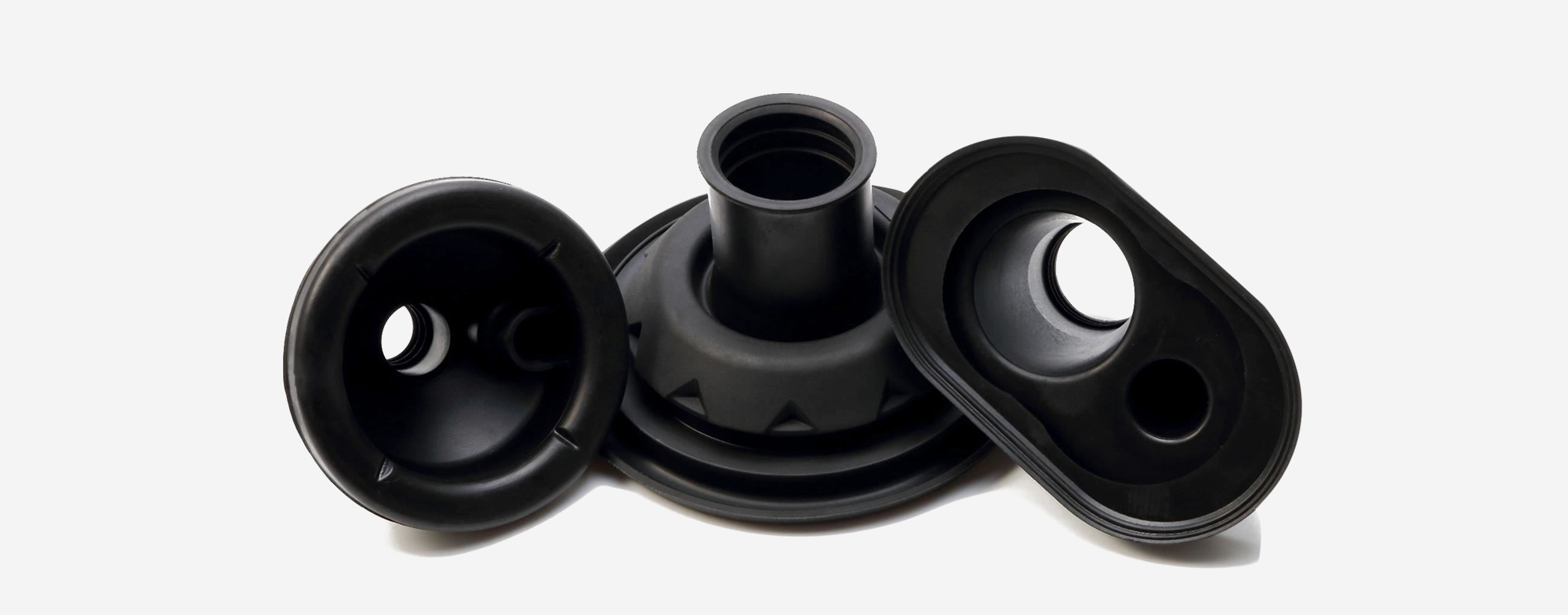The Dangers of Excessively High Injection Molding Processing Temperatures
Injection molding is a widely used manufacturing process for producing parts by injecting molten material into a mold. While this method is efficient and versatile, maintaining the correct processing temperature is crucial. Excessively high temperatures can lead to a range of issues that affect product quality, production efficiency, and safety. This article explores the dangers associated with high injection molding processing temperatures and offers insights into how to mitigate these risks.
▶ Material Degradation
One of the primary concerns with high processing temperatures is the degradation of the material being molded. Most polymers have specific thermal stability limits, beyond which they begin to break down. This degradation can result in:
Emission of Toxic Fumes: Some polymers may release harmful gases when overheated, posing health risks to workers and requiring additional ventilation measures.
Reduced Mechanical Properties: The strength, flexibility, and durability of the final product can be compromised, leading to increased risk of failure during use.
Discoloration: High temperatures can cause unwanted color changes in the material, affecting the aesthetic quality of the product.
▶ Mold Damage
Excessive heat can also damage the molds used in injection molding:
Increased Wear and Tear: Prolonged exposure to high temperatures accelerates wear on mold components, leading to more frequent maintenance and higher costs.
Thermal Expansion: High temperatures cause materials to expand. If not properly managed, this can lead to warping or cracking of the mold.
▶ Production Inefficiencies
Operating at excessively high temperatures can introduce inefficiencies in the production process:
Energy Consumption: Maintaining higher temperatures requires more energy, leading to increased operational costs and environmental impact.
Cycle Time Variability: Higher temperatures may require longer cooling times, which can increase cycle times and reduce overall production throughput.
▶ Safety Hazards
Safety is a paramount concern in any manufacturing environment. High processing temperatures can create several hazards:
Fire Hazards: Overheating materials or equipment can increase the risk of fires in the production area.
Burn Risks: Workers are at greater risk of burns from contact with hot equipment or materials.
▶ Mitigation Strategies
To avoid these dangers, manufacturers should implement several strategies:
Temperature Control Systems
Investing in advanced temperature control systems allows for precise monitoring and regulation of processing temperatures. This helps maintain optimal conditions and prevent overheating.
Regular Maintenance
Routine maintenance of molds and machinery ensures that all components function correctly and reduces the risk of temperature-related damage.
Material Selection
Choosing materials with appropriate thermal stability for the intended application can help mitigate risks associated with high processing temperatures.
Training and Safety Protocols
Providing comprehensive training for workers on safe handling practices and emergency procedures is essential for maintaining a safe working environment.
▶ Conclusion
While injection molding is an effective manufacturing technique, managing processing temperatures is critical to ensuring product quality, operational efficiency, and safety. By understanding the dangers associated with excessively high temperatures and implementing effective mitigation strategies, manufacturers can optimize their processes and safeguard their operations.

